Thanks to the CPTPP Agreement, domestic textile and garment enterprises not only increased their market share but also increased their export turnover to new markets.
The year 2024 is marked by the successful overcoming of difficulties by textile and garment enterprises. After a year of negative growth, the textile and garment industry quickly returned to the "race" with export turnover in October 2024 reaching 3.21 billion USD/month, up 7.8% over the previous month. In the 10 months of 2024, the export value of this group of products reached 30.57 billion USD, up 10.5% (equivalent to an increase of 2.9 billion USD) over the same period last year.
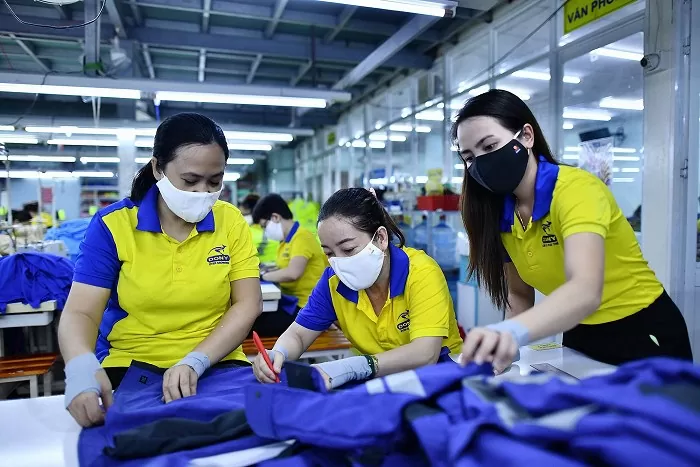 |
| Textile and garment enterprises take advantage of incentives to boost exports to CPTPP markets. Photo: Hai Linh |
According to Mr. Vu Duc Giang - Chairman of the Vietnam Textile and Apparel Association, textile and garment enterprises have made good use of free trade agreements, which is an important factor helping the industry recover quickly. Most enterprises in the textile and garment industry have orders for the first quarter of 2025 and are negotiating orders for the second quarter of 2025.
Particularly for the market block under the Comprehensive and Progressive Agreement for Trans-Pacific Partnership (CPTPP), not only in 2024, recent years have witnessed strong growth. In addition to traditional and large markets such as Japan, businesses also have good access to new and demanding markets such as Canada, New Zealand, and Mexico.
Figures from the General Department of Customs also show that the export turnover in the first 10 months to 9 CPTPP markets (except Vietnam) is quite positive. In particular, Japan leads with 3.54 billion USD; Canada over 996.8 million USD; Australia 446.2 million USD; Mexico 173.7 million USD; Malaysia 133.3 million USD; Singapore 98.5 million USD, Chile 59.5 million USD, New Zealand 46 million USD; Peru 10.9 million USD.
In addition to garment production and export, the CPTPP Agreement applies the rule of origin from yarn onwards, which has brought opportunities to promote Vietnam's spinning and dyeing industry. According to Mr. Giang, without this pressure, Vietnam's yarn industry would remain "sitting still" and behind some other countries. Thanks to this Agreement, it has created a demand for investment in the spinning and dyeing industry. Since the CPTPP Agreement came into effect, the spinning and dyeing industry has grown very strongly.
In particular, foreign investors who wish to invest in production in Vietnam to take advantage of the rules of origin from Vietnam to sell to imported brands in the EU and CPTPP markets. Recently, many large foreign enterprises such as Text Hong, New Wide, Weixing, Bros Eastern, Jehong Textile... and large Vietnamese enterprises such as Cat Tuong Group have invested in fiber production, fabric production, accessory production, dyeing factories, and textile and garment eco-industrial parks in Vietnam.
The leader of the Vietnam Textile and Apparel Association also said that the CPTPP Agreement has shaped a global trend of market diversification, which is also the goal that the Association has set for the past 5 years. That is, diversifying markets, diversifying partners, customers, and diversifying product production.
On the other hand, the fact that countries set strict requirements and standards for imported goods into the CPTPP bloc, as well as purchasing goods in the context of the European and US markets, requires the textile and garment industry to change its sustainable development trend, focusing on recycled products and environmentally friendly products...
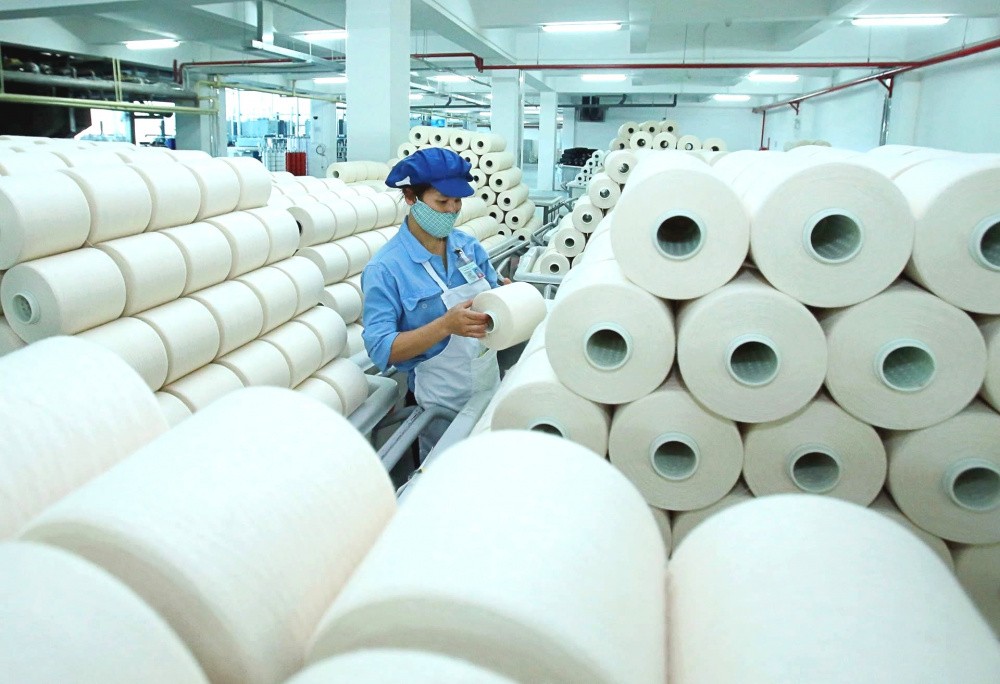 |
| The CPTPP agreement puts pressure on textile and garment enterprises to develop their supply of raw materials. Photo: Hai Linh |
According to Mr. Giang, there are three major challenges that Vietnamese enterprises are facing when implementing the CPTPP Agreement. The first is the evaluation standards. Currently, the textile and garment industry and enterprises in the industry are under great pressure regarding evaluation standards, each brand sets a different evaluation standard for stability, sustainability and transparency in labor policies. Therefore, CPTPP member countries need to consider introducing a unified evaluation standard within the bloc, helping to reduce the pressure on enterprises when having to meet different evaluation standards of brands and importers.
The second challenge is related to double standards. Currently, a series of double standards pose challenges to Vietnamese businesses' sales in the CPTPP market.
The third challenge is the issue of purchasing and payment methods. Now, most global brands, including brands in the CPTPP bloc, purchase goods from Vietnamese textile and garment enterprises and payment risks are a big challenge.
" Previously, the L/C (Letter of Credit) payment method was still applied, but now, all payments are made by TT with a delay of 40 days, 60 days, 80 days, and there are even orders requiring businesses to accept a delay of 120 days. This is a huge pressure for us " - Mr. Giang informed and said that Vietnamese textile and garment enterprises must negotiate with buyers to minimize risks for the businesses themselves.
Source: https://congthuong.vn/tan-dung-hiep-dinh-cptpp-det-may-tang-xuat-khau-sang-thi-truong-moi-360912.html


![[Photo] Magical moment of double five-colored clouds on Ba Den mountain on the day of the Buddha's relic procession](https://vphoto.vietnam.vn/thumb/1200x675/vietnam/resource/IMAGE/2025/5/9/7a710556965c413397f9e38ac9708d2f)




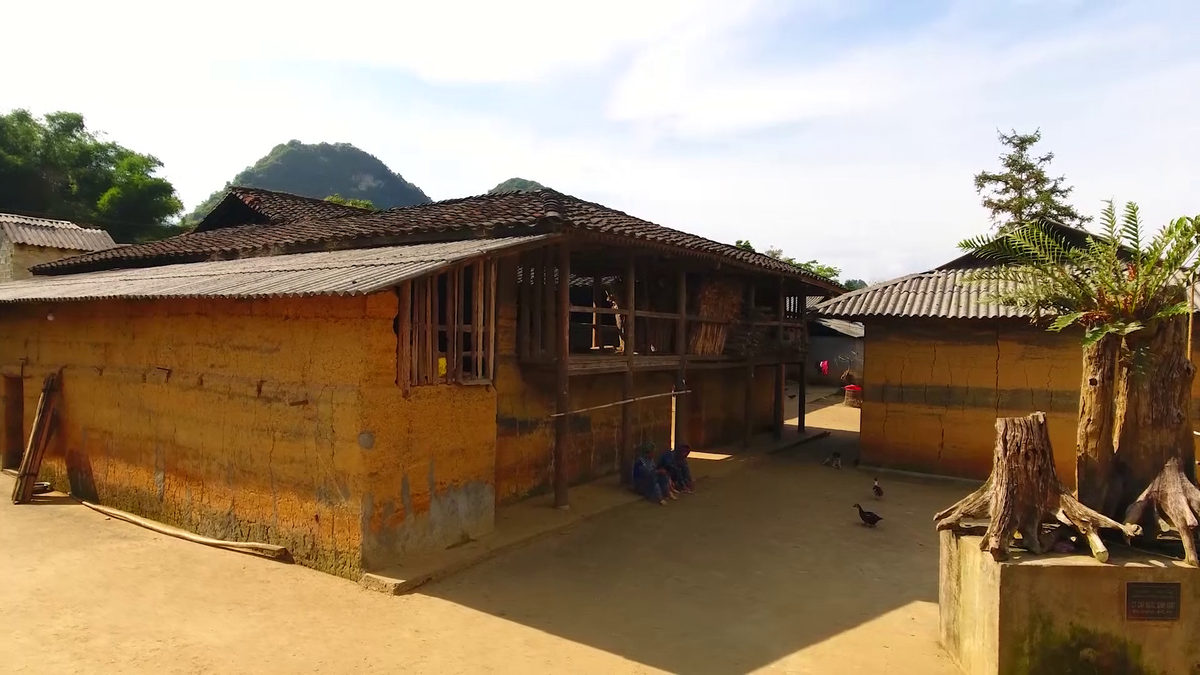



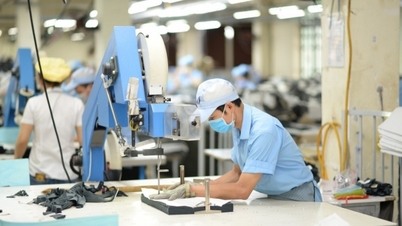

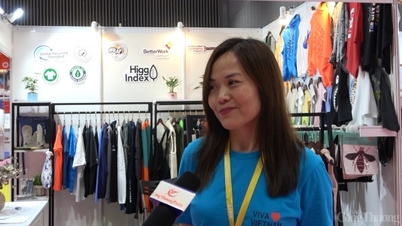
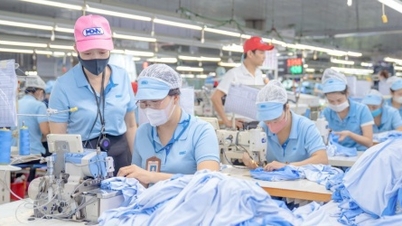






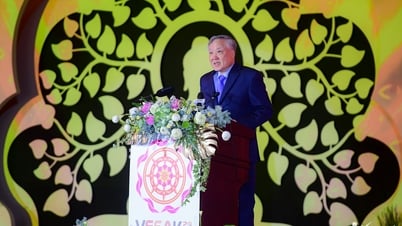








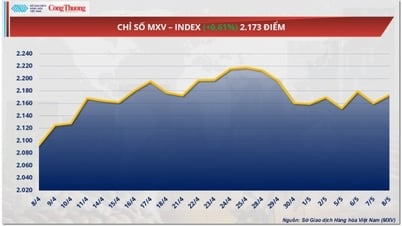

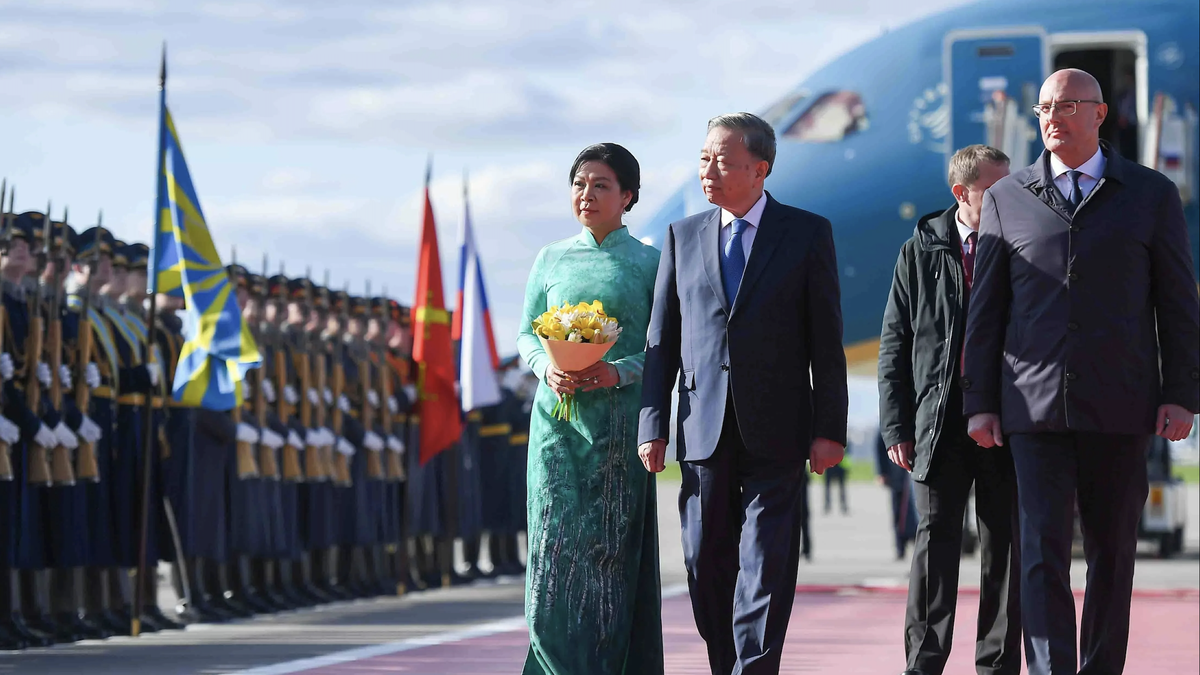
![[Photo] General Secretary To Lam begins official visit to Russia and attends the 80th Anniversary of Victory over Fascism](https://vphoto.vietnam.vn/thumb/1200x675/vietnam/resource/IMAGE/2025/5/8/5d2566d7f67d4a1e9b88bc677831ec9d)
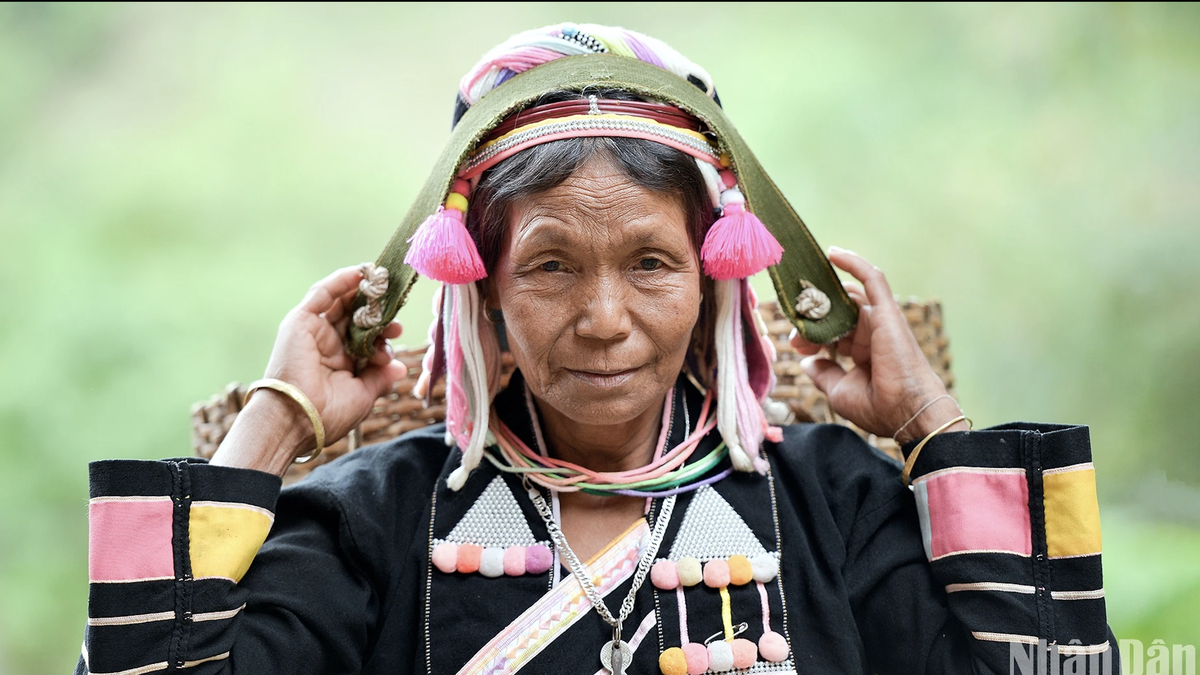
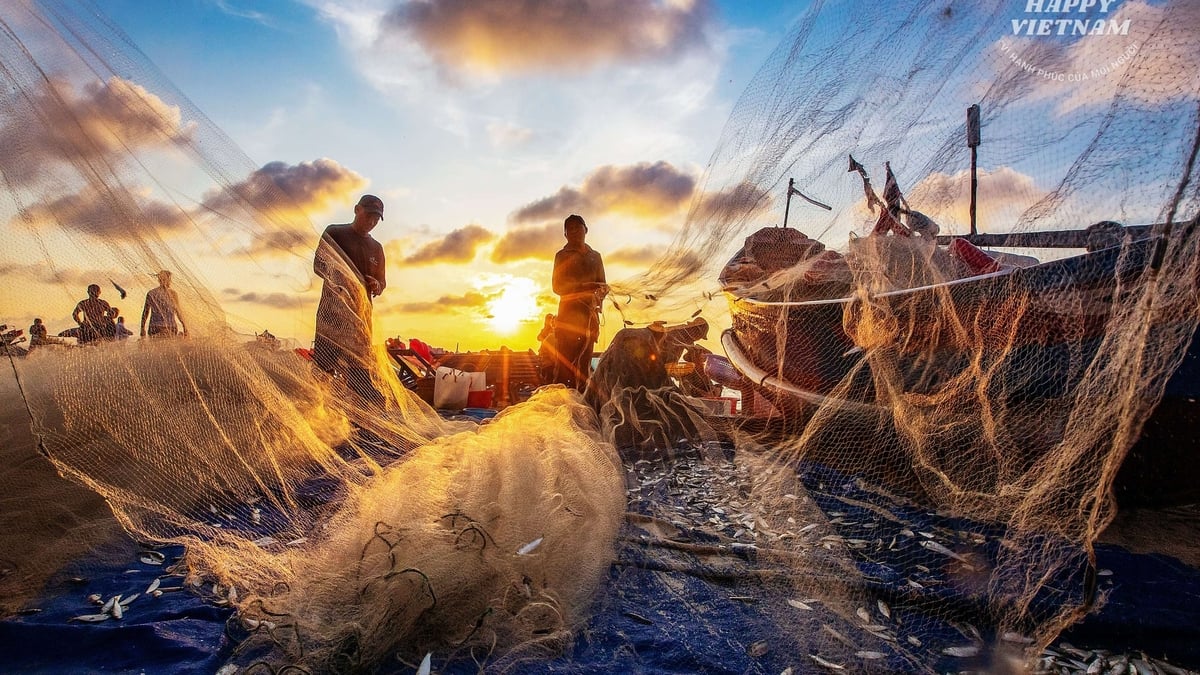
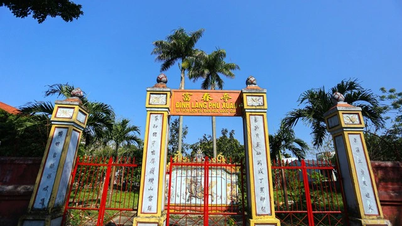

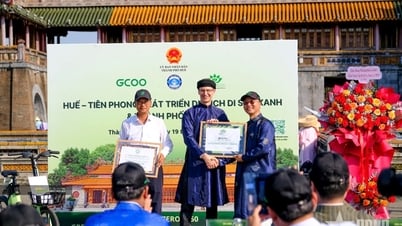




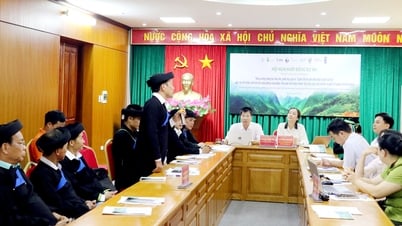





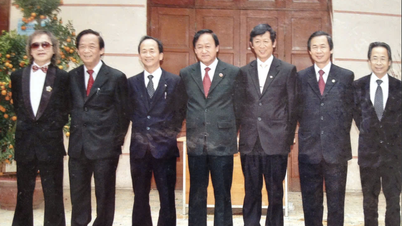



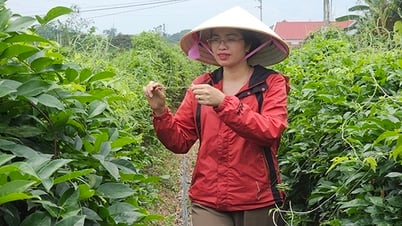

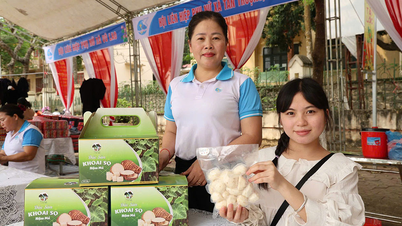













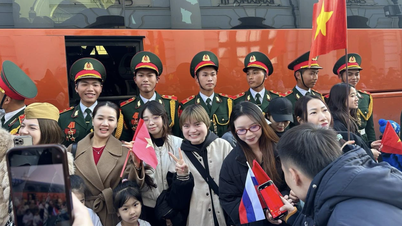










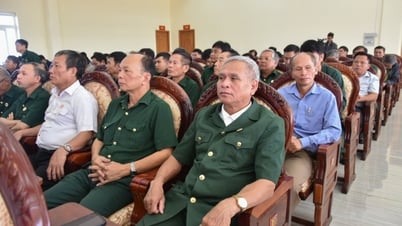

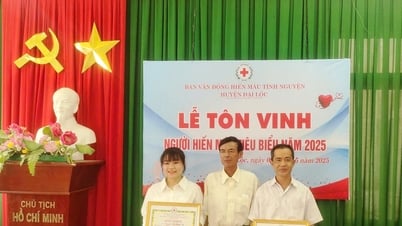



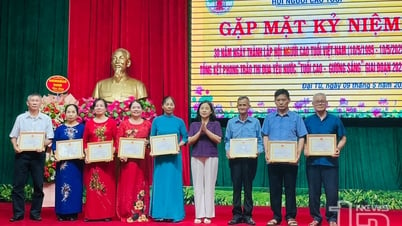

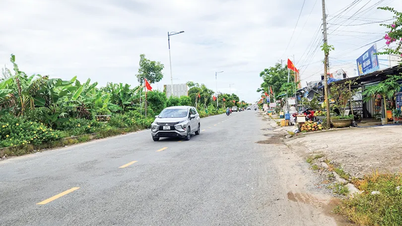














Comment (0)